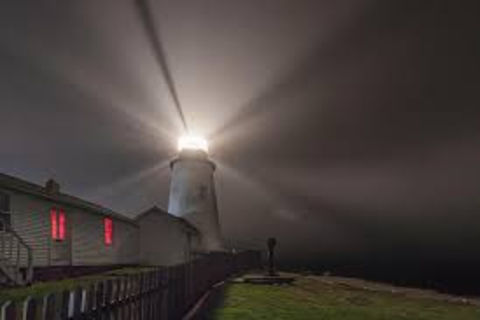Quercus Agrifolia (Coastal Live Oak)

QUERCUS(OAK)
This serendipitous skylark echoes errorless tunes
in the haze of the moonlight, that bounces
off the glittering lake bed. The soft waves
tickle the shoreline with pulsating ripples,
gurgling on the shore.
Now and then, and suddenly,
one hears the infrequent splash
of a brown trout
snapping at a vibrating moth as it flaps its wings in the water.
Echoing in the distance are the croaks
of bullfrogs sounding their mating calls
and then slipping into the water with a slight splash.
Gently the wind combs through the treetops
and brushes any dangling moss
that's caught between the limbs.
Most commoners call this moss "Angel Hair",
but, in reality, it is Spanish moss
that hangs from the dying Live Oaks.
One sees the top of the oak tree in decay, but
the root system is three to five times larger
than what you see above the surface. So below,
the Live Oak is very much alive.
Alive, to resurface in some other area
and sometimes it surfaces as a scrub brush
or scrub oak.
Hidden in the crevices of the Live Oak
with its multiple holes in its bark there
are many furry and feathered mammals and birds
preening, cuddling and warm inside the degraded oak.
There they lie listening to the crunching sounds
of busy termites rearranging the internal structure
of the Live Oak as it's being eaten from the inside out.
This Live Oak is alive with insects
and an all too common cornucopia
of an insect dining cart for aerial feathered flyers.
Their voracious appetite
and pointed beaks rivet the live oak
with rings of holes around the tree.
These, particularly red ringed woodpeckers, with the red-cap
on their heads, pepper the tree
meticulously.
Next to the lake and final resting place, this Live Oak,
retires for the next hundred or so years
with many generations of aerial acrobats,
magnificent mammals
and the miniature massive multitude
of the insect kingdom.
The energy created by this tree
and the waste that it produces
sustains an environment
that will last for hundreds of years
or until acorns reproduce for another millennium.
Support CosmoFunnel.com
You can help support the upkeep of CosmoFunnel.com via PayPal.






